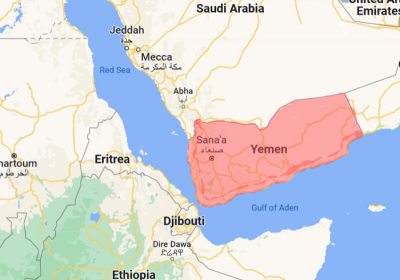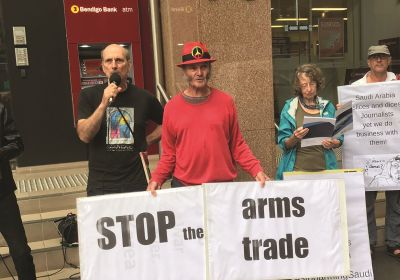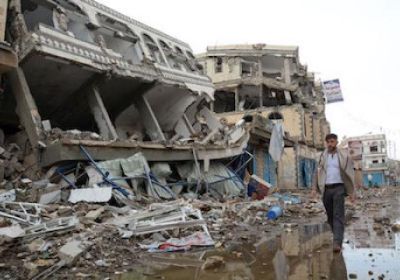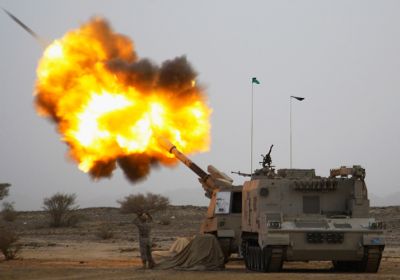
The eight year long Saudi war on Yemen looks, at long last, within reach of a resolution, reports Rupen Savoulian.

The eight year long Saudi war on Yemen looks, at long last, within reach of a resolution, reports Rupen Savoulian.

The rebranding of Saudi Arabia's blood-stained image using sports has been spearheaded by Crown Prince Mohammed bin Salman, palace coup plotter and figure behind the butchering of dissident journalist Jamal Khashoggi, writes Binoy Kampmark.

Saudi Arabia is suffering setbacks, in its war in Yemen, the oil price collapse and the COVID-19 pandemic, reports Rupen Savoulian.

Protesters gathered outside the Sydney office of the Australian arms manufacturer EOS (Electro Optic Systems) on February 21 to oppose the sale of high-tech military equipment to Saudi Arabia, which is waging a genocidal war against the people of Yemen.

The world media’s attention has focused on the very real humanitarian crisis gripping hurricane-ravaged nations in the Caribbean and regions of the United States, but the “world’s worst humanitarian catastrophe” (in the words of The New York Times in August) is in Yemen.

An air strike by the US-backed Saudi-led coalition on a hotel near the Yemeni capital Sanaa killed dozens of people on August 23, multiple news agencies have reported. It came as a humanitarian crisis extended its grip on the impoverished nation.

The US Senate voted on June 13 to approve a widely criticised $500 million sale of precision-guided munitions to Saudi Arabia, narrowly beating back a bipartisan effort to block the deal.
The final tally was 53-47 in favour of the sale, which is just part of a massive $100 billion arms package.